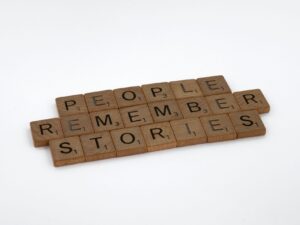(Or in novels!)

Photo by David von Diemar on Unsplash
Do you ever find yourself shouting at the screen in frustration when watching a police programme on the TV? My own pet hate is those episodes where the police call out the suspects name when they are standing 20 yards away from them, then the suspect drops whatever their doing and runs, resulting in the predictable chase scene. Second to this is the detective who keeps whiskey in the bottom drawer of their desk. I suspect HR would have something to say about that.
Last week I attended the Crime Writers Association (CWA) conference in York and we had some fascinating speakers. Retired Detective Inspector Steven Keogh shared his experience of investigating murders and I learned several other things that happen on TV but not in real life.
Firstly, police don’t have those photo evidence display boards on the wall, much as programme makers love them. Keogh said that the investigators work on many cases at once and there wouldn’t be the space. These days there are far more detailed documents available on computer which link people to each other, to evidence and to places, amongst other things. However, this would not be so visually engaging in a TV programme.
Secondly, everybody who goes to a murder scene would wear a full white suit and protective footwear, along with two pairs of gloves in case the top pair gets ripped. So Vera would not be stomping around in just a pair of shoe covers.
Thirdly, and in some ways most shocking, was forensic evidence. Due to lack of resourcing the detectives have to prioritise what is sent off for analysis, selecting just 4 items to be ‘rushed’ through. They will usually get these results two days later. However, they have to wait up to six months for the rest to be processed.
While TV shows and films often ignore reality in order to maximise drama, novelists are held to higher standards. Most authors research thoroughly to ensure they get their facts right and would be held to account by their editor and readers for twisting the truth too much. If you want to find out more about what really happens in a murder investigation DI Steven Keogh has written a book: Murder Investigation Team: How Scotland Yard Really Catches Killers
P.S. If you are a writer and interested in finding out more about the psychology of character in novels, I will be running a workshop at the I Am Writing Festival in Bristol later this month. It’s not too late to buy tickets! Hopefully see you there.











